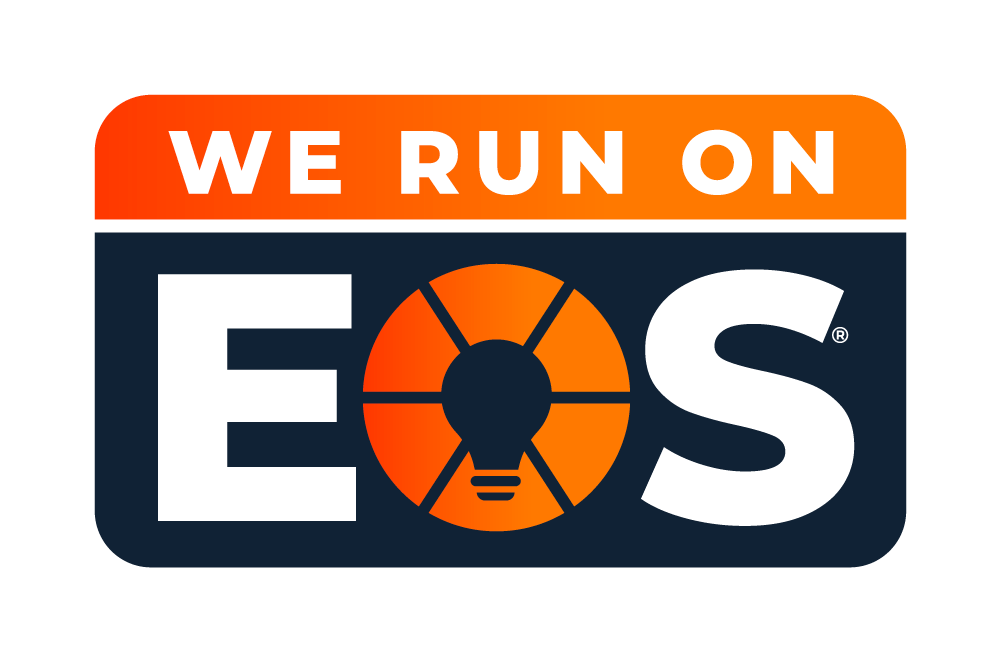Organizational change such as a rebrand (perhaps including something as significant as a name change) can cause staff, stakeholders and members to feel…well, a sense of loss. In order to keep everyone aligned and championing the new brand (instead of cursing the transition), leaders need to be hyper-aware of the emotional impact of organizational change.
Most of us are familiar with the five stages of grief developed in the 1960s by Elisabeth Kubler-Ross. Similarly, the Change Curve based on that same model, demonstrates how the grieving process applies to more than grief. This pattern of expected reactions has been utilized to demonstrate what people experience when faced with a major upheaval or significant change of some kind. The Change Curve is a visual representation of the roller coaster of emotions one might expect when moving from shock and denial to acceptance.
The five stages of change are typically grouped into three transitional stages.
STAGE ONE: Shock + Denial
Although short-lived, the first reaction is usually shock. This can cause normally decisive and self-motivated individuals to seek out more direction and reassurance and may even slow down production and miss deadlines.
The shock results from three main things:
- lack of information
- fear of the unknown
- fear of looking stupid
Once the shock begins to wear off, the denial creeps in. This is when people tend to focus on the “good old days”. Many begin to adopt the idea that everything was fine before, why did we even need to make this unnecessary change?
During the denial stage, many feel:
- comfortable with the status quo and not motivated to change
- threatened
- afraid of failure
These feelings can cause people to disengage from the change and avoid being involved in any future planning activities. Basically, they carry on as if the change will never happen. They even chose to believe that if change occurs, it will have no effect on them.
Communication Is Key to Combating Stage One
Don’t leave everyone in the dark about the what, why and how of the change. Clearly communicate the desired end result so others can understand and share the vision. With purpose comes stronger commitment and greater performance.
Wendy Barnes, SVP & CHRO Palo Alto Networks advises: “It’s critical to have a clear vision of the end-state so you can get everyone moving in the right direction. That helps you crystalize the rationale for the change so you can effectively communicate it to everyone who needs to know and get the right stakeholders involved from the start.”
STAGE TWO: Anger + Depression
Anger and depression come in hot on the tails of shock and denial. The anger stage is all about finding someone or something to blame for this impending change. This gives individuals somewhere to direct the anxiety and apprehension they are experiencing.
Common feelings of the anger stage include:
- suspicion
- skepticism
- frustration
Once the anger has run its course, we are at the bottom of the Change Curve where depression awaits. Reality rears its ugly head and people are forced to recognize that the change is real. Depression brings anxiety, self-doubt, and low morale.
This stage is often associated with:
- apathy
- isolation
- remoteness

Surprise! Communication Is Also the Best Way to Help Employees Through Stage Two
Exposing everyone in an organization to the Change Curve is a great way to show them that what they are feeling and experiencing is not unique. The idea that we are all in this together can provide the reassurance needed to move into the final stage of acceptance and integration.
STAGE THREE: Acceptance + Integration
Here comes the sun! Following the dark and dreary days of the second stage, things begin to turn around. Even those most resistant at the onset begin to accept the unavoidable and, sometimes, become some of the strongest champions of the new way of doing things.
Acceptance brings:
- thoughts of exciting new opportunities
- relief that the change has been survived
- Impatience for the change to be complete
Lastly, integration focuses squarely on the future. Everyone is ready to move forward – together. At this point, the new reality has replaced the old reality.
Feelings associated with integration are:
- acceptance
- hope
- trust
Rounding Out the Curve With, You Guessed It, Communication
Along with an uptick in productivity, this stage is filled with questions and curiosity. This is where things start to feel really good for everyone, but proceed with caution. If the communication pipeline shuts down, it is possible that some may revert to an earlier stage in the process. This backslide can be prevented with regular progress reports, continued support and positive reinforcement.
Dan Spaulding, chief people officer of Zillow says: “People need to hear the ‘why’ several times, and if work processes or roles are changing, make sure that you have a change plan that recognizes those changes and helps people to navigate them.”
Knowledge Is Power
The emotional impact of change on individuals is not an exact science. The longevity and intensity with which one experiences each stage can be very different. Someone who has experienced many changes may move quickly through stage one and two, while those that are new to change may find themselves stuck in shock and denial for a significant time period.
One thing we do know for certain is that regular, transparent communication positively impacts an individual journey through the three stages. Exposure to the Change Curve is another effective way to reassure everyone that the organization will get through this transition together. Dr. John Kotter, leadership and change authority, has also proposed an 8-Step Process to manage change.
8-Step Process
STEP ONE: Create
Establish a feeling of urgency or hurriedness towards change.
STEP TWO: Build
Formulate a guiding coalition.
STEP THREE: Form
Develop a strategy to bring about change with initiatives that are in alignment with the vision.
STEP FOUR: Enlist
Communicate the vision and the strategy to achieve it.
STEP FIVE: Enable
Empower employees to take action and incorporate the changes.
STEP SIX: Generate
Formulate and generate short-term goals and achieve them.
STEP SEVEN: Sustain
Capitalize on wins or gains to produce bigger results.
STEP EIGHT: Institute
Incorporate new and better changes into the workplace culture.
Enlist the Help of Change Agents
As branding experts, we are no strangers to change. We help organizations big and small uncover the true essence of their brand. Once established, a new brand must permeate every aspect of an organization. In order to accomplish this, leaders and employees alike need to champion it both externally and internally.
Not unlike Dr. Kotter’s 8-Step Process above, our experiences led us to develop the Mercury Method – an immersive branding process. This collaborative method activates stakeholders at all levels of an organization and brings alignment and clarity to a singular vision. It is a proven approach to navigating change and driving growth.



